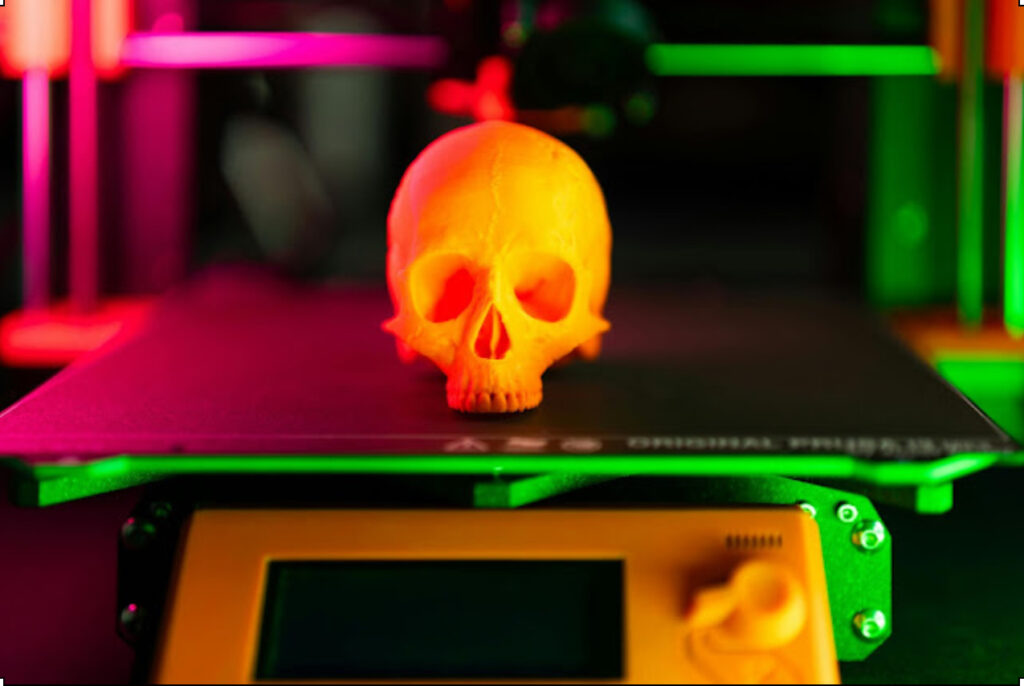How AI Is Translating Ancient Writings — The Revolution in Decoding Lost Languages
Artificial intelligence is transforming the way we decipher ancient texts, such as the cuneiform writings of Mesopotamia. With advanced algorithms, researchers are now able to translate extinct languages and reveal unprecedented details about ancient civilizations.
The Challenge of Deciphering Ancient Texts
Deciphering ancient languages has always been a complex task, requiring years of study and dedication. Cuneiform scripts, for example, contain thousands of symbols that vary depending on the period and region, making translation a real puzzle.
With the help of artificial intelligence, this process has become faster and more accurate. Machine learning algorithms are trained to recognize patterns and translate texts with impressive precision.
Innovative AI Translation Projects
Researchers at Cornell University and Tel Aviv University developed the ProtoSnap system, capable of aligning images of cuneiform characters to streamline translation. This breakthrough marks a milestone in applying artificial intelligence to archaeology.
Additionally, the AI Cuneiform Corpus (AICC) is the largest online database of translated cuneiform texts, containing over 130,000 records. This initiative demonstrates the potential of artificial intelligence to preserve and share historical knowledge.
Benefits of AI in Translating Ancient Texts
Using artificial intelligence to translate ancient texts offers a wide range of benefits:
- Speed: Drastically reduces the time required for translations.
- Accuracy: Greater precision in interpreting symbols and context.
- Preservation: Digitization and protection of fragile manuscripts.
- Accessibility: Easier access to historical information for scholars and the general public.
Current Challenges and Limitations
Despite significant progress, applying artificial intelligence to ancient text translation still faces challenges. The quality of manuscript images, the complexity of extinct languages, and the need for human validation are ongoing obstacles.
It is essential that experts continue to collaborate with AI developers to refine algorithms and ensure increasingly accurate translations.
The Future of AI Translation
The future of translating ancient texts with artificial intelligence looks bright. As technology advances, it’s expected to unlock a wider variety of lost languages and reveal new aspects of long-gone cultures.
Moreover, integrating AI with other technologies like augmented reality may offer immersive experiences in historical document exploration.
Cultural and Educational Impact
The use of artificial intelligence in translating ancient texts has a powerful cultural and educational impact. Students and history enthusiasts now have the opportunity to access and understand documents that were once restricted to experts.
This democratization of knowledge contributes to a broader appreciation of historical heritage and strengthens cultural identity.
International and Interdisciplinary Collaboration
Projects that apply artificial intelligence to ancient text translation often involve collaboration between experts from various fields and countries. This interdisciplinary approach enriches research and fosters knowledge exchange.
International cooperation is key to the success of such initiatives, allowing the sharing of resources and expertise.
Success Stories
One remarkable success in using artificial intelligence to translate ancient texts is the identification of new fragments of the Epic of Gilgamesh—one of the oldest literary works in human history.
These discoveries expand our understanding of the beliefs, values, and daily lives of ancient civilizations, offering valuable insights into the history of humanity.
Final Considerations
Artificial intelligence is revolutionizing how we access and interpret the past. By making the translation of ancient texts more efficient, this technology opens new possibilities for historical research and cultural preservation.
Continued investment in research and partnerships is essential to fully explore the potential of AI and ensure that future generations can learn from the records left behind by our ancestors.
Frequently Asked Questions
- How does AI translate ancient texts?
By using machine learning algorithms trained to identify patterns in extinct languages. - What are the main benefits of this technology?
Speed, accuracy, document preservation, and broader access to historical knowledge. - Are there limitations in using AI for translation?
Yes, including image quality and language complexity, which still require human oversight. - What are some standout projects in this field?
ProtoSnap and the AI Cuneiform Corpus are major highlights in applying AI to ancient text translation.
Want to learn more about the topic? Check out the article “AI Could Translate 5,000-Year-Old Language, Saving Time and Historical Insights” on Discovermagazine.com.
Enjoyed this article? Share it with friends and stay tuned to our blog for more stories connecting technology and history!
💡 Keep Exploring:
👉 Check our Tech Coupons & Deals Page for discounts on AI tools, books, and more. 🔥
👉 Read also: Samsung Galaxy S25 Edge: The World’s Thinnest Smartphone
👉 Discover: Xiaomi Dark Factory: How Robots Build Smartphones 24/7
👉 Download our free PDF: AI Automation Checklist for Your Routine
🚀 Don’t Miss Out!
Join our newsletter for exclusive tech insights, free PDFs, discounts, and the latest in AI, archaeology, and future technologies. 💙






